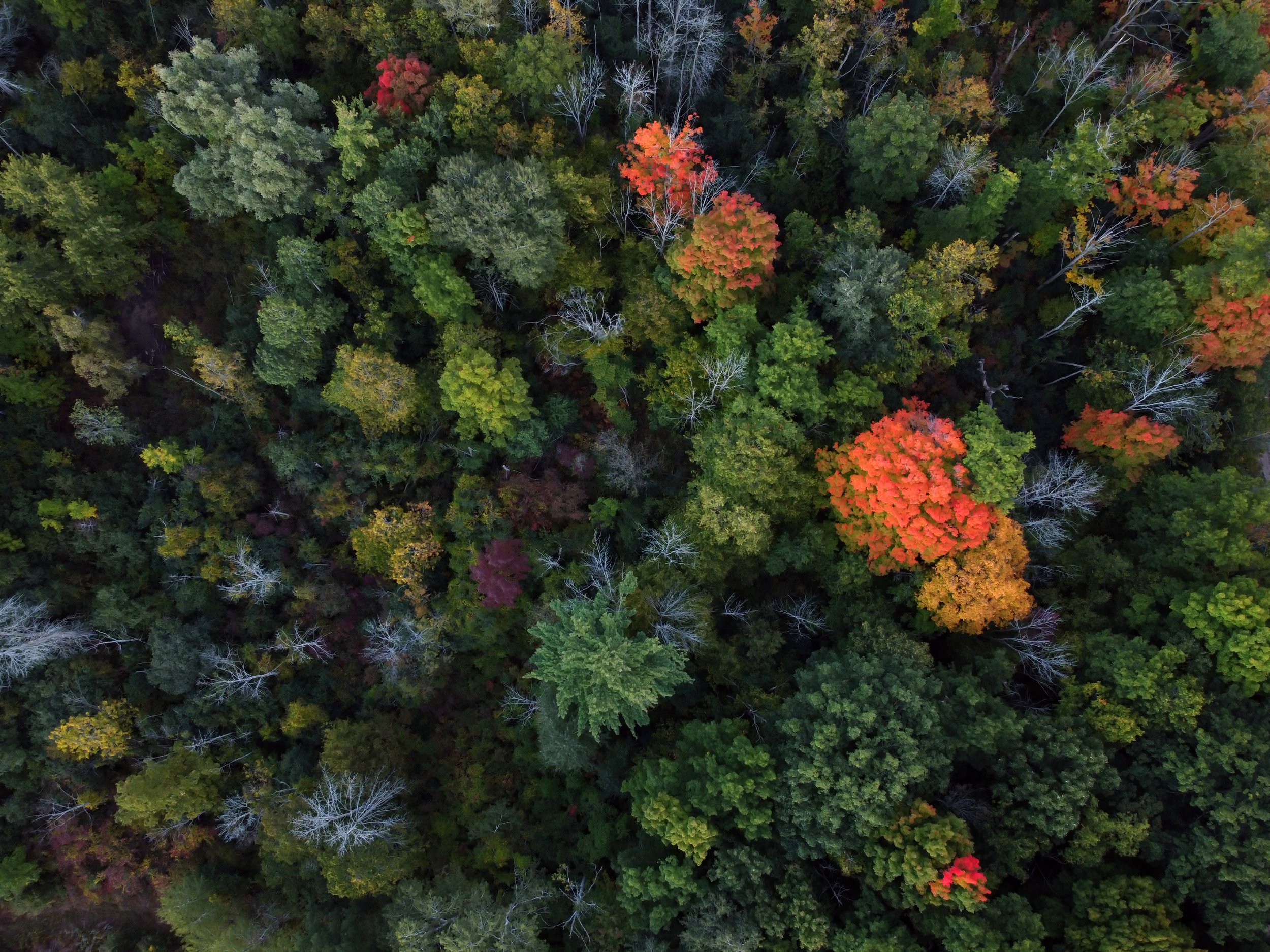
HRIS Comparison: Satellite-based Inventory
A satellite-based forest inventory is a method of assessing and monitoring forest resources using satellite imagery and remote sensing technology. This technique involves collecting data from satellites equipped with sensors that capture images and other information about forest areas, such as tree height, canopy cover, biomass, species distribution and health status.
Key Features:
Remote Data Collection: Uses satellite sensors like optical, radar, or LiDAR to gather data without physical contact.
Large-Scale Monitoring: Can cover vast and often inaccessible forested areas.
Time-Series Analysis: Enables tracking of changes over time (e.g., deforestation, reforestation, seasonal changes).
Cost-Effective: Reduces the need for extensive ground-based surveys.
Applications:
Estimating forest biomass and carbon stocks.
Monitoring deforestation, forest degradation and illegal logging.
Supporting climate change studies and carbon credit schemes.
Guiding sustainable forest management and conservation efforts.
Advantages Over Traditional Methods:
Faster data collection.
More frequent updates.
Access to hard-to-reach areas.
